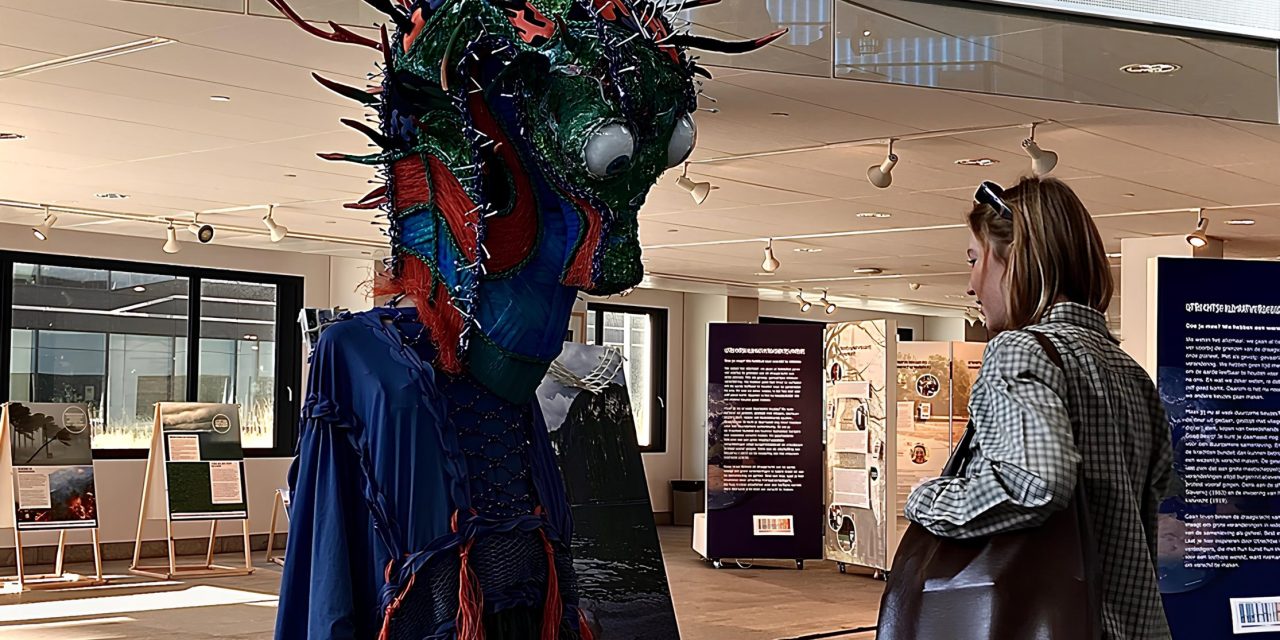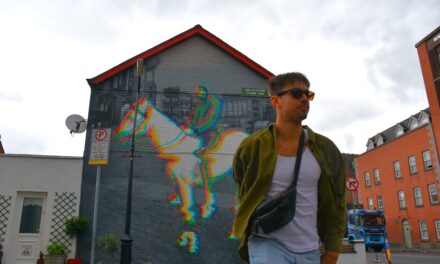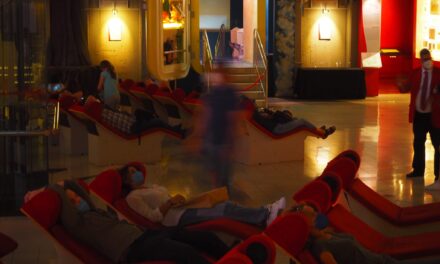Artists have begun to use climate change as a muse for their work.
“We can’t undo the harm we’ve done. But how can we admit it, stop feeling shame about it, because I’m so bored of feeling ashamed of things, and do something positive and adaptive for it,” expresses Jasmine Pradissitto, British based Artist and scientist with a Ph.D. in Physics.
A new climate defenders’ exhibition exemplifies this, highlighting sustainable artwork.
However, the annual carbon emissions of the global art market has been estimated at 70 million tonnes of CO2 equivalent in 2021 according to environmental arts charity Julie’s Bicycle.
Many art practices are unsustainable, such as the widespread use of epoxy resin. A research paper by Epoxy-Europe found that, ‘260,000 tonnes of adhesive and sealant are sold across the EU to consumer/DIY uses, of which a proportion is epoxy-based.’

“I’m supportive of art, but this is the kind of art that will never, ever be biodegradable. It will just exist as it is for the rest of eternity,” says Luncinda Bertels, Former university professor now a Netherlands based upcycle artist.
According to an article published by ‘liquid glass epoxy’ it’s production alone releases of 500,000 tones of greenhouse gases annually, additionally it causes harm to human health, wildlife and marine and ecosystems as it contains releases harmful chemicals such as bisphenol-A and epichlorohydrin.
With making art comes an opportunity to be conscious about the environment. Pradissitto uses a more philosophical approach to this expressing that “if you want to be more sustainable, if you want to actually be much more aware, if you actually pay attention to not just looking at things, you will then pay attention to what you pick up in the supermarket, you will pay attention to what you buy, you will pay more attention to everything and your relationships will improve because you pay more attention to each other.”
Pradissittos real care of climate change struck her through personal experiences, “My father grows all his own food in Italy, just on a small scale. It was little things like when I go and visit him every year, he would grow a particular type of basil because I loved it. And then I remember going one year and he went, Jasmine it just won’t grow.”
This real passion is shown through her artwork by using ceramic material that absorbs nitrogen dioxide pollution from the air.
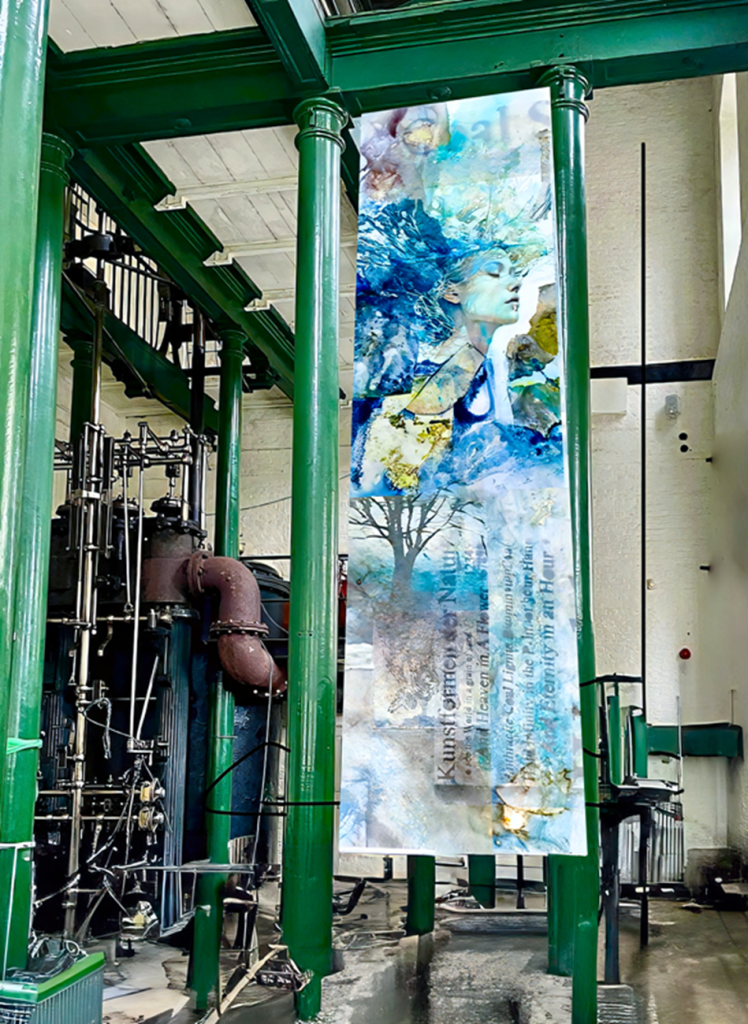
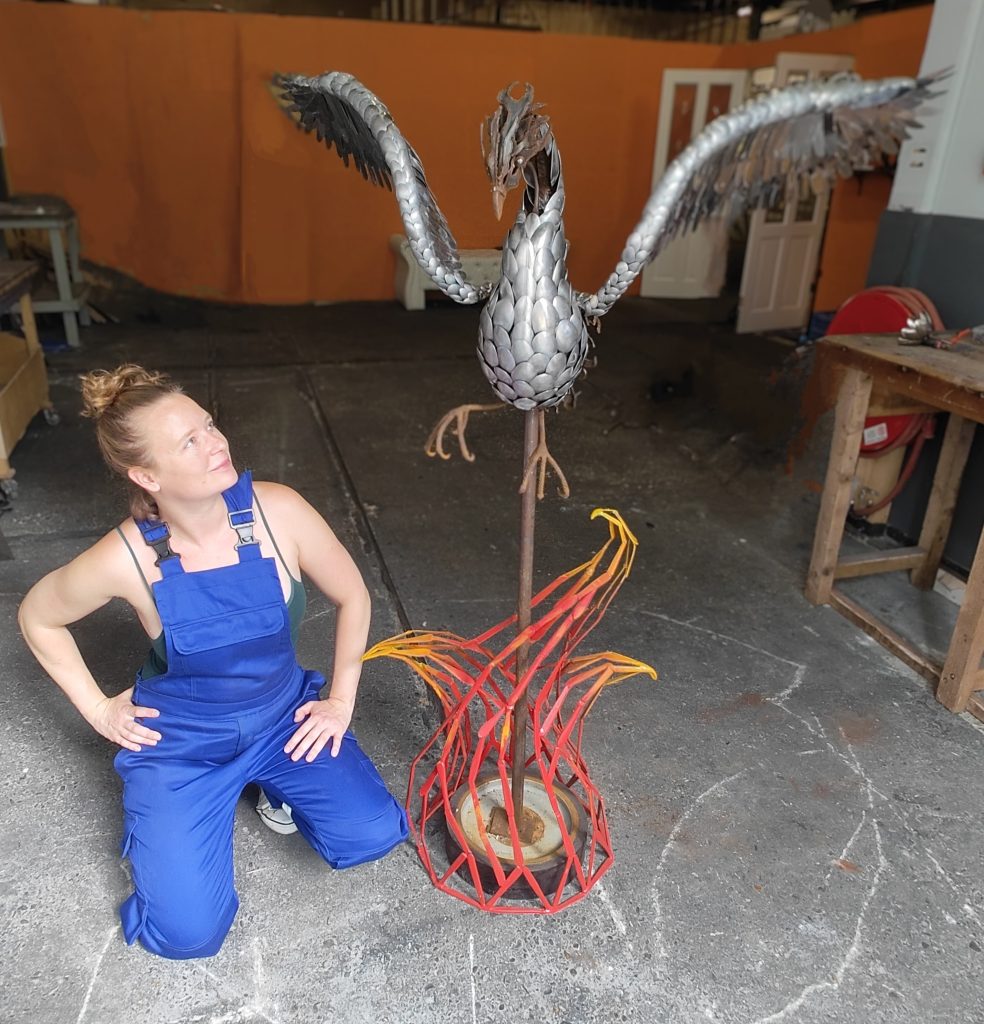
Bertels takes a simpler approach and creates her art through up-cycling old materials.
“ I want to have more of an impact in the world that is positive I’m working with upcycled materials, as a way to promote the reuse of materials.”
Yet is it the sole responsibility of the artist to be sustainable?
International exhibitions require a lot of transportation. As stated in a report by Julie’s Bicycle, ‘Audience travel accounts for the largest portion of the carbon footprint of any event or venue.’
I think what we need to think about, and this is as citizens who actually embrace and engage with art, we need to think much more about how we host it, how we travel to it, how we move it.” says Pradissitto.
